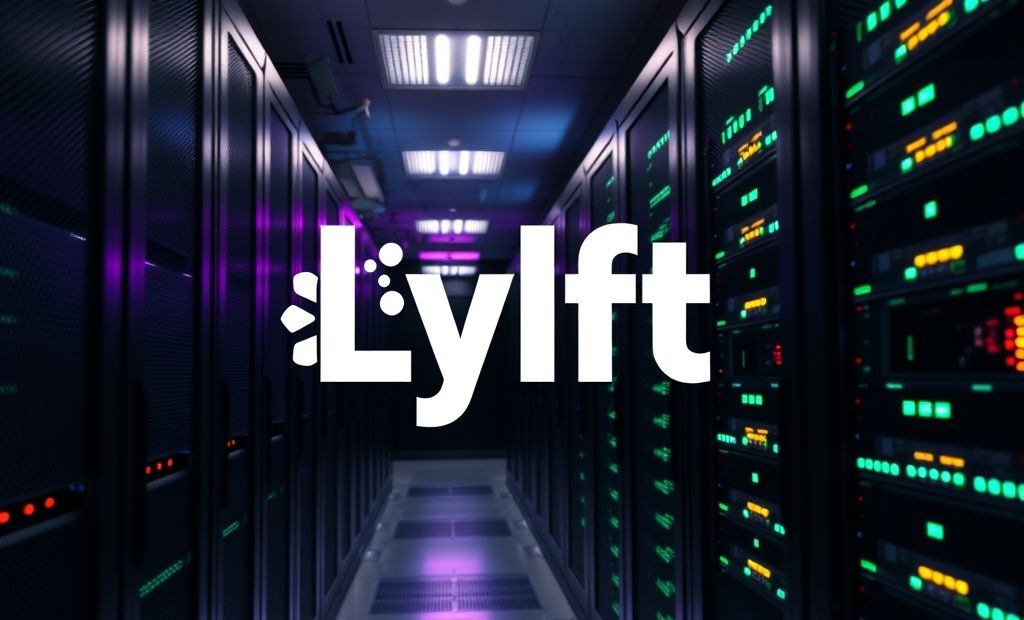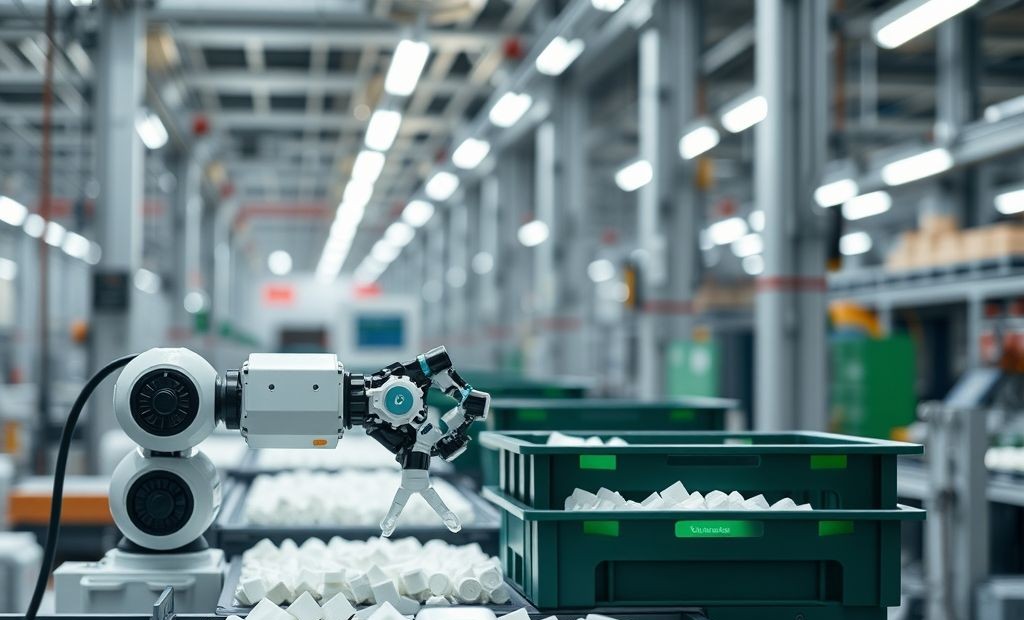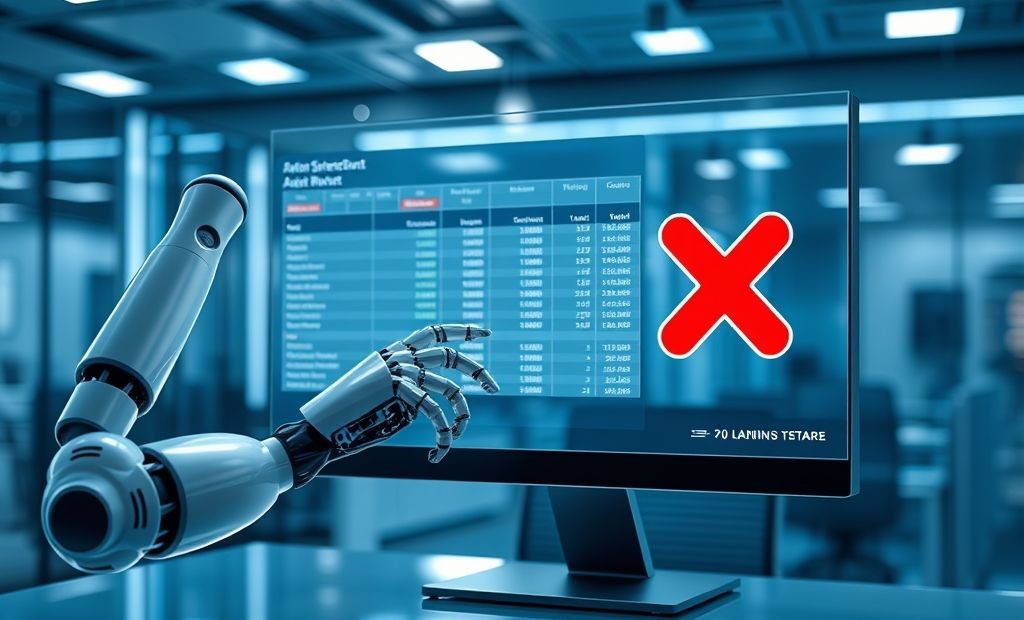Google Gemini: AI Power on Local Robots
Google recently introduced a new capability for its Gemini model, enabling it to run directly on robots. This advancement brings AI processing closer to the point of action, reducing latency and increasing responsiveness for robotic applications.
The Advantage of Local Processing
Running AI models locally eliminates the need to send data to remote servers for processing. This is particularly beneficial for robots operating in environments with limited or unreliable internet connectivity. Local processing also enhances privacy, as data remains within the device.
Applications in Robotics
The ability to run Gemini locally opens up a wide range of possibilities for robotics, including:
- Manufacturing: Robots can perform complex assembly tasks with greater precision and speed.
- Logistics: Autonomous vehicles can navigate warehouses and distribution centers more efficiently.
- Healthcare: Surgical robots can assist surgeons with enhanced accuracy and real-time decision-making.
- Exploration: Robots can explore hazardous environments, such as disaster zones or deep-sea locations, without relying on external networks.
How Gemini Works Locally
Google optimized the Gemini model to operate efficiently on resource-constrained devices. The optimization involves techniques such as model compression and quantization, which reduce the model’s size and computational requirements without sacrificing accuracy. This allows robots to execute complex AI tasks using their onboard processors.
The Future of AI and Robotics
This development marks a significant step forward in the integration of AI and robotics. By empowering robots with local AI processing capabilities, Google is paving the way for more intelligent, autonomous, and versatile robotic systems.











